Shio, Shoyu, Tonkotsu and Miso: Everything to know about ramen broth
A bowl of ramen is a symphony of flavors. The main components of a bowl of the Japanese soup dish, much like a classical orchestra, play their part in sections first before coming together to form a deliciously heavenly whole. Woodwinds, brass, percussion and strings are a complex team and warm the heart like a bowl of ramen warms the stomach.
To take this analogy further, just like an orchestra has four components, a bowl of ramen can have five: the noodles, tare (or seasoning base), toppings and aroma oil make up every bowl of ramen, but within those categories, each component can vary depending on individual taste.
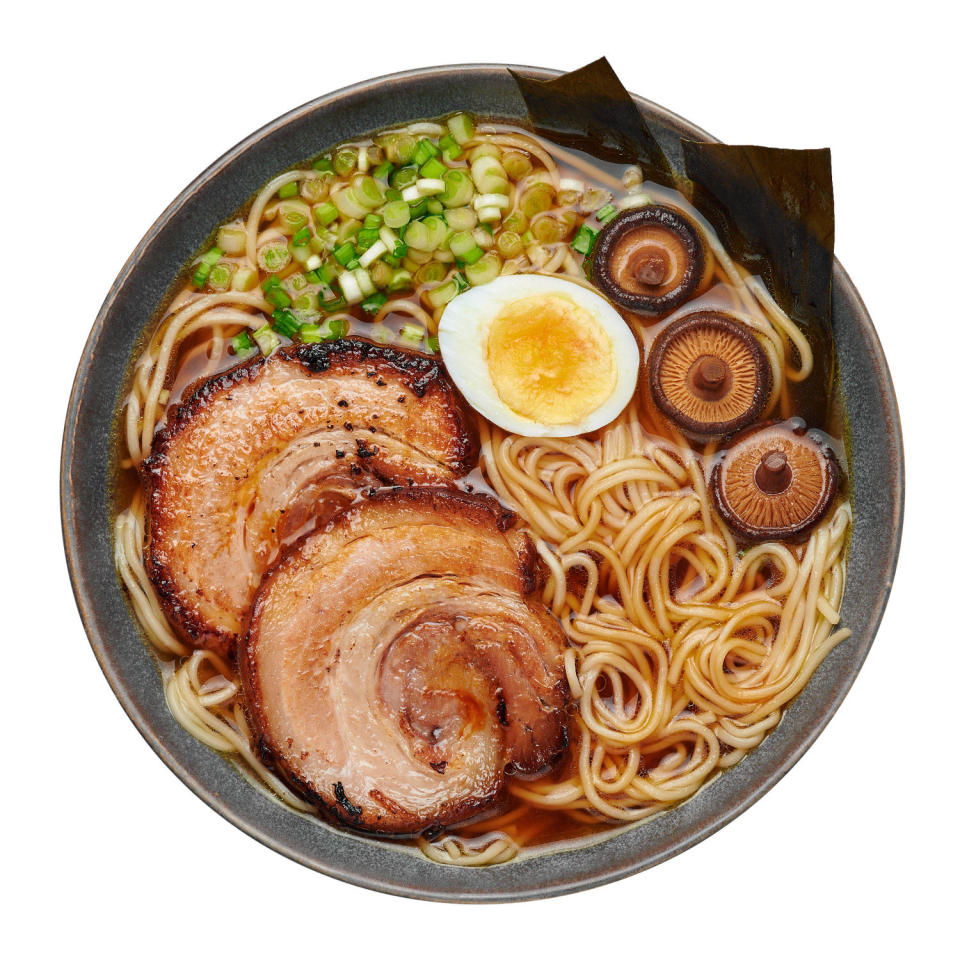
“At JINYA, we specialize in several types of ramen broth, primarily focusing on four popular varieties: Shio, Shoyu, Tonkotsu, and Miso,” Kazu Takebe, vice president and corporate executive chef of Jinya Ramen Bar, tells TODAY.com over email. “We also offer chicken and vegetable broths, catering to a wide range of dietary preferences and tastes.”
While the four he mentioned are the most traditional broths, there are plenty of riffs on the dish, both in Japan and stateside. Broths for ramen can use anything from chicken, pork, a dashi made with dried fish products with water or other proteins or even vegetables.
Takebe says that in his chain of upscale ramen shops, of which there are more than 60 across America, chefs craft different dishes using the broth. “Preparing these broths involves a meticulous process, taking up to 20 hours to ensure depth and clarity of flavor,” Takebe says.
But what flavor notes are contained within each style of the four most popular ramen types?
Shio
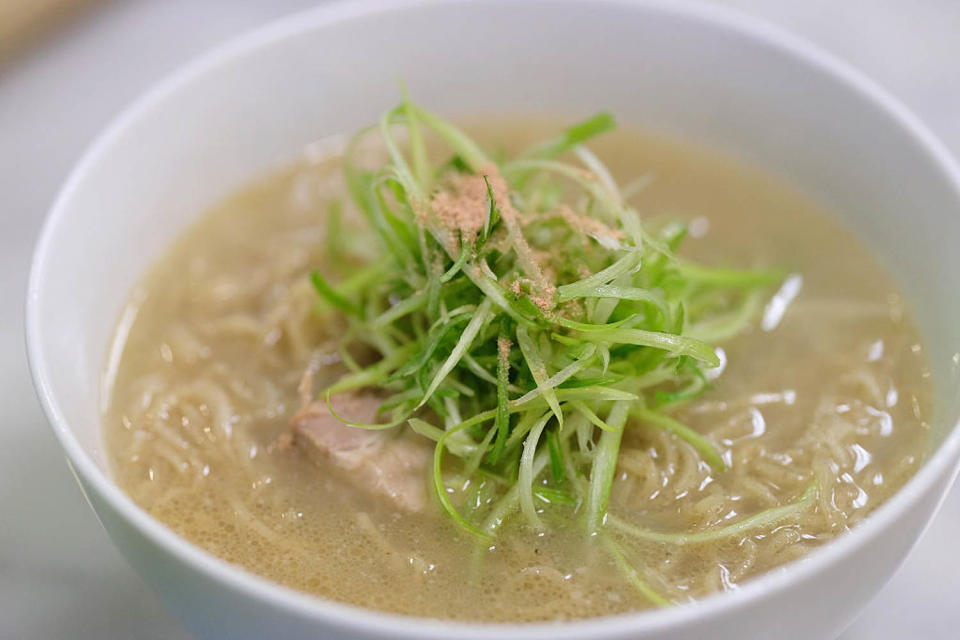
“The distinctiveness between these broths lies in their base seasonings,” Takebe says. “Shio ramen is seasoned with salt, creating a light and savory flavor.”
Shio is the most basic style of ramen, typically made with a clear broth, with salt as its base. After all, “shio” means salt in Japanese.
Takebe’s restaurants sell a dish called the Yuzu Shio Delight, which uses shio broth. His version is a clear chicken and pork-based broth, although other ramen chefs have used different proteins like duck to create their shio broths.
Takebe’s ramen dish is finished with pork belly, green onion, spinach, ajitama (a seasoned egg) and nori seaweed flavored with yuzu citrus and served with thinner ramen noodles.
“All of our Shio, Shoyu, and Miso broths are based on a rich pork stock,” Takebe adds.
Shoyu
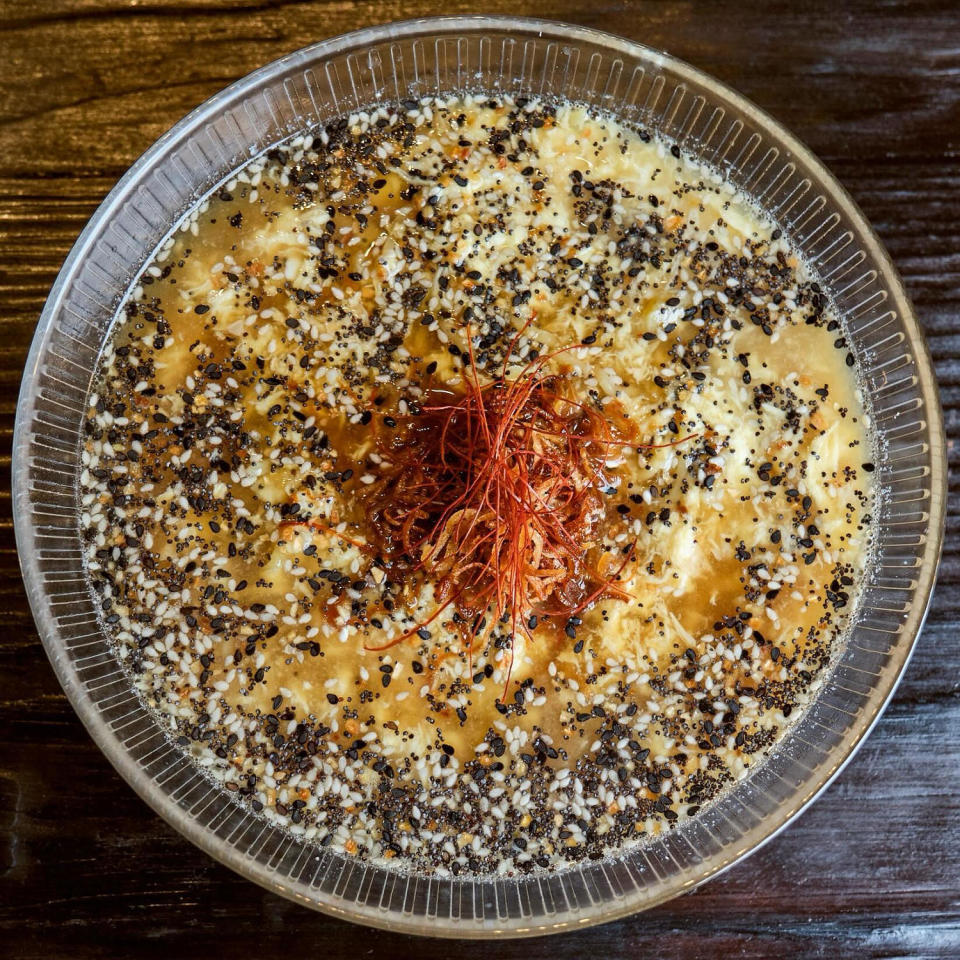
“Shoyu” means soy sauce in Japanese. Shoyu ramen takes the umami-laden ingredient and combines it with a long-simmering liquid to create its finished broth. “Shoyu ramen utilizes soy sauce, offering a slightly sweet and deeply umami taste,” Takebe says.
This broth also takes center stage at one popular Manhattan spot.
“The body of broth is important as far as the depth, the taste, the texture, the silkiness. Personally, I have a love for shoyu,” Rasheeda Purdie, owner of Ramen by Rā, tells TODAY.com. The fashion industry veteran-turned-chef owns and operates her five-seat ramen shop in the Bowery Market in Lower Manhattan and serves unique riffs of asa-ramen, which is breakfast ramen.
“I have a base for my ramen which is a very classic basic chicken stock,” Purdie says, adding that her broth starts by using chicken feet, which hold collagen and fat that makes a rich broth. “This is something that I call liquid gold because it’s such a golden rich color.”
Purdie says after her chicken broth is ready for the bowl, she combines it with shoyu and adds an infused oil made specifically for each of her menu items to add flavor and change the taste.
This includes Ramen by Rā's Bacon, Egg & Cheese Ramen, which combines lard oil with the broth and adds smoked bacon, Parmesan cheese, black pepper, scallions, and a seasoned egg to create the finished dish, ready for slurping.
Tonkotsu
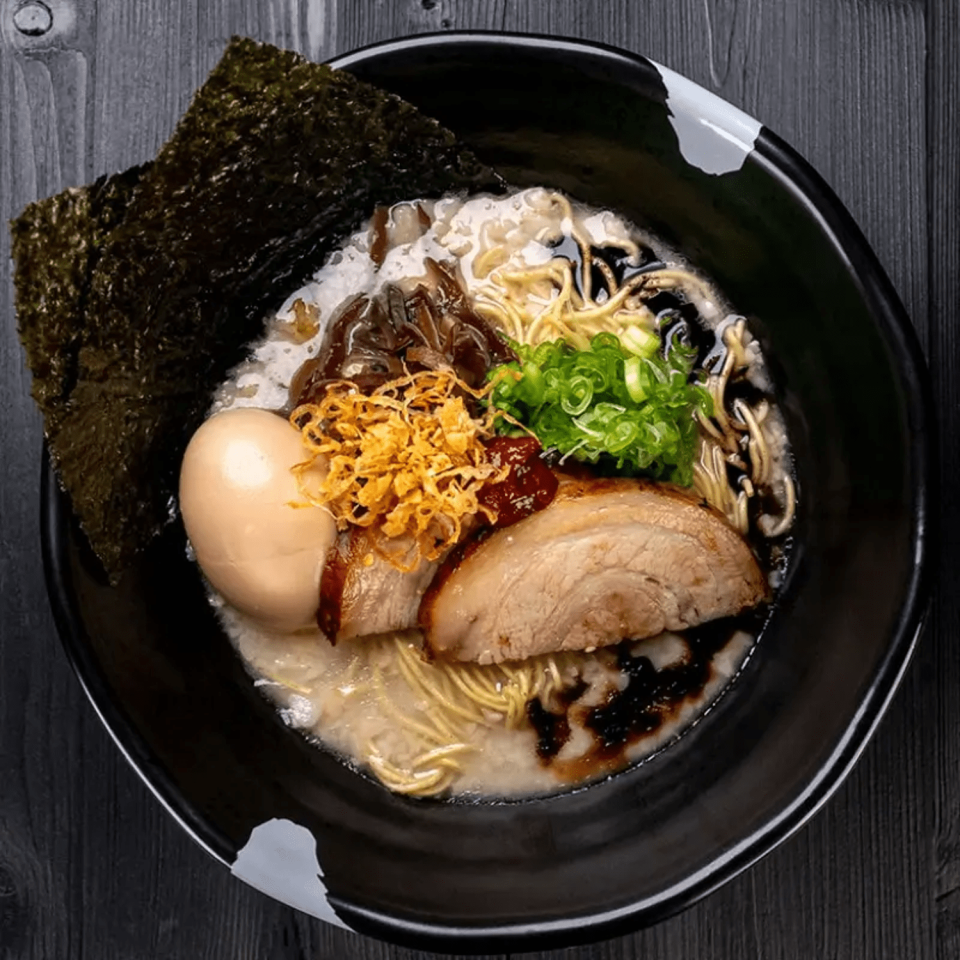
Tonkotsu is said to be the most popular ramen type outside of Japan and focuses on the flavors of one specific protein: pork. “Tonkotsu is renowned for its creamy, pork-based consistency. ‘Ton’ means pork, and ‘kotsu’ means bones,’” Takebe says.
Purdie points to “Mastering Ramen at Home: Otaku Ramen Cookbook” by Sarah Gavigan as one of the books she poured over when she first began her ramen journey. In it, the author calls tonkotsu the “mother” of ramen broths.
“It has a concentrated and deep flavor that is not for the faint of heart,” Gavigan wrote. “This famed cloudy pork bone stock is, again, simply bones and water, but the process to get what you want out of these bones takes patience.”
Some recipes call for tonkotsu broth to simmer for 12 or more hours.
Jinya’s Tonkotsu Black adds pork belly, kikurage (a type of mushroom used often as a topping for ramen), green onion, dried seaweed and more to create one of its most popular menu items, which uses this type of broth.
Miso
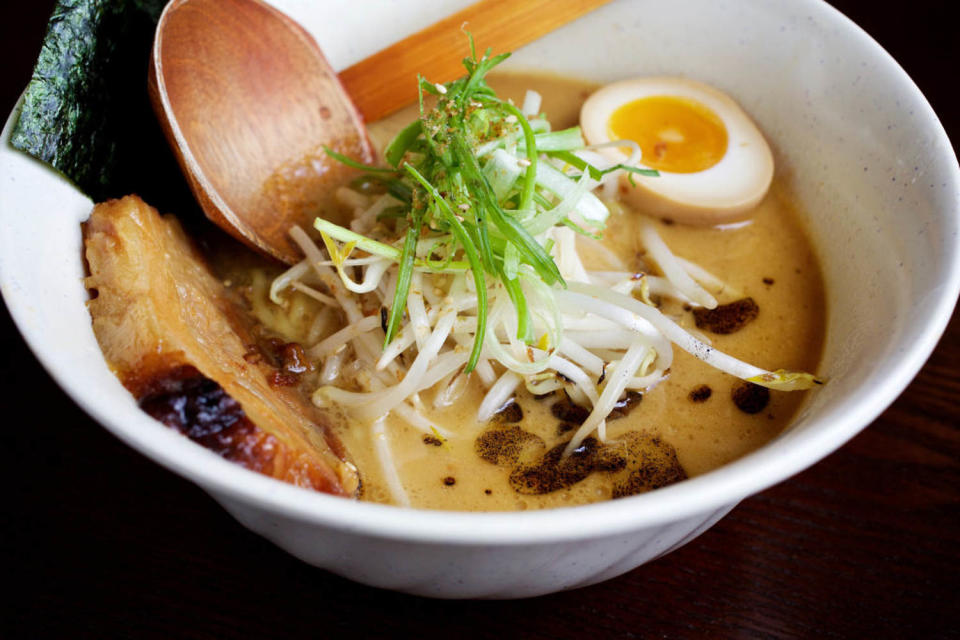
“Miso is the heartiest of all ramen,” Gavigan wrote in her book, writing that miso ramen is akin to fortified miso soup with noodles in it.
This ramen uses miso, a fermented soybean paste popular in Japanese cooking, as a tare, which is then added to broth. The flavor-packed ingredient may be familiar to Americans who frequent sushi shops and enjoy miso soup with their rolls.
Still, miso broth for this type of ramen is different than the sushi shop appetizer; it's more opaque with a higher viscosity and a robust flavor, according to experts.
Gavigan wrote that since miso is also fermented, like shoyu, there is a lot of room for umami flavor, adding that miso ramen is much thicker than shio or shoyu because of the addition of that flavorful miso paste.
Takebe says Jinya’s The Flying Vegan ramen dish, which uses a vegan miso broth made with miso paste, provides a “robust and hearty flavor profile” with plenty of vegetables and chili oil to finish the dish.
This article was originally published on TODAY.com

